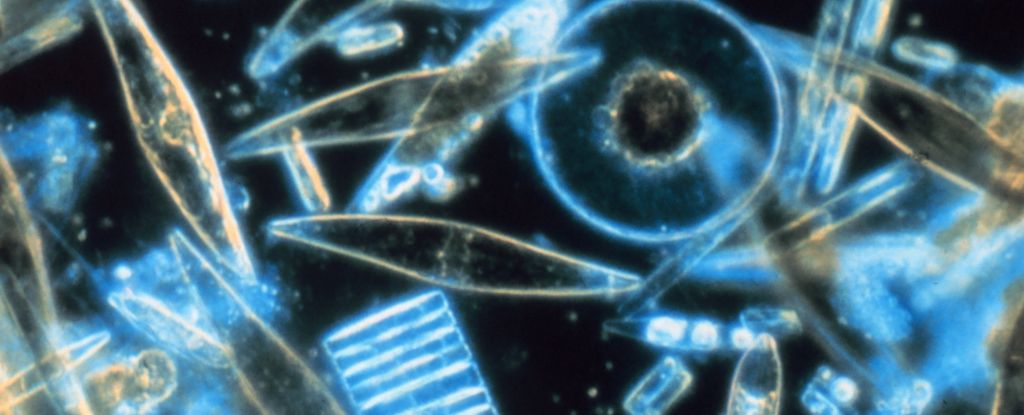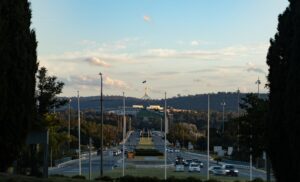
A vibrant turquoise patch observed in the Southern Ocean has been identified as a significant concentration of microorganisms, challenging previous understanding of carbon absorption in these icy waters. This discovery, made by a team of oceanographers led by Barney Balch, reveals insights into the roles of coccolithophores and diatoms in the ocean’s carbon cycle.
The glowing area, first noted in satellite images in the early 2000s, is located south of the Great Calcite Belt, a region known for its high concentrations of coccolithophores, which are microorganisms that utilize inorganic carbon to create reflective scales. These organisms contribute approximately 30 million tonnes of carbon to the ocean each year. Until recently, the turquoise waters baffled scientists because the temperature was thought to be too low for coccolithophores to thrive.
To investigate further, Balch and his team embarked on a research expedition aboard the vessel Roger Revelle, traveling from Hawaii toward the South Pole. The expedition occurred during the summer months in the Southern Hemisphere, enabling the researchers to observe the Great Calcite Belt in full bloom. “Satellites only see the top several meters of the ocean, but we were able to drill down with multiple measurements at multiple depths,” Balch explained.
During their journey, the team measured several critical parameters, including ocean color, calcification rates, photosynthesis rates, as well as concentrations of inorganic carbon and silica. These measurements are crucial for understanding the dynamics between coccolithophores and diatoms, the latter of which construct their shells from silica glass. Both organisms are vital to the marine food web and play competing roles in carbon sequestration.
Historically, scientists believed that coccolithophores dominated the Great Calcite Belt, while diatoms were restricted to the colder waters to the south. Balch’s team, however, found compelling evidence that coccolithophores were indeed present in these frigid environments. “Moderate concentrations of plated coccolithophores and detached coccoliths were observed south of the Great Calcite Belt all the way to 60°S,” the researchers noted.
Despite these findings, the coccoliths alone could not account for the brightness detected in satellite imagery. Instead, the high densities of diatoms in these waters appear to create a similar optical effect, reflecting light in a way that mimics coccolithophores. “Our results suggest that these highly reflective polar waters result from scattering by diatom frustules, not coccolithophores, and have been misidentified as particulate inorganic carbon in satellite measurements,” the authors stated.
This research presents a significant shift in understanding the distribution of coccolithophores and diatoms in the Southern Ocean. Balch emphasized the need to reassess how satellites estimate particulate organic carbon in these regions, as the new insights could alter existing models. “We’re expanding our view of where coccolithophores live and finally beginning to understand the patterns we see in satellite images of this part of the ocean we rarely get to go to,” he said.
The findings of this study, which provide a more nuanced view of the ocean’s biological activity and its implications for carbon cycling, are documented in the journal Global Biogeochemical Cycles. As climate change continues to impact marine ecosystems, understanding these complex interactions becomes increasingly important for predicting future changes in ocean health and global climate.






